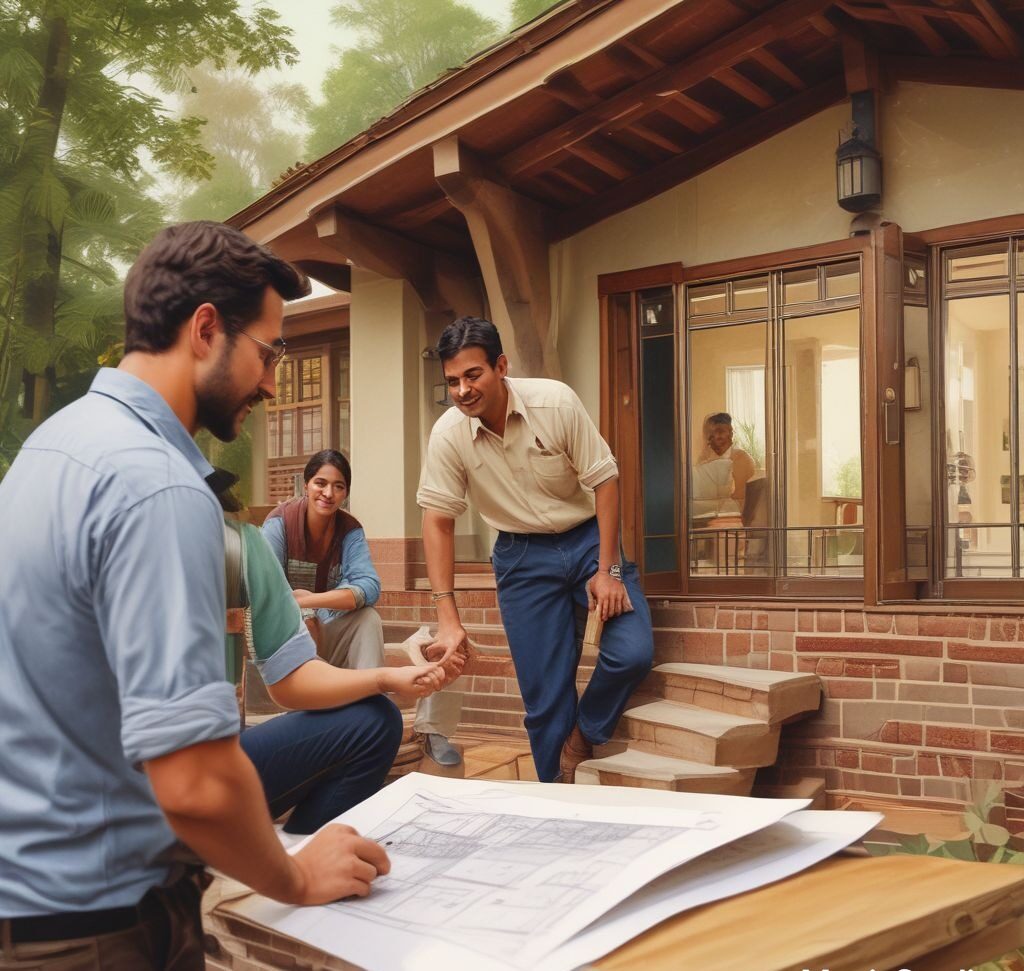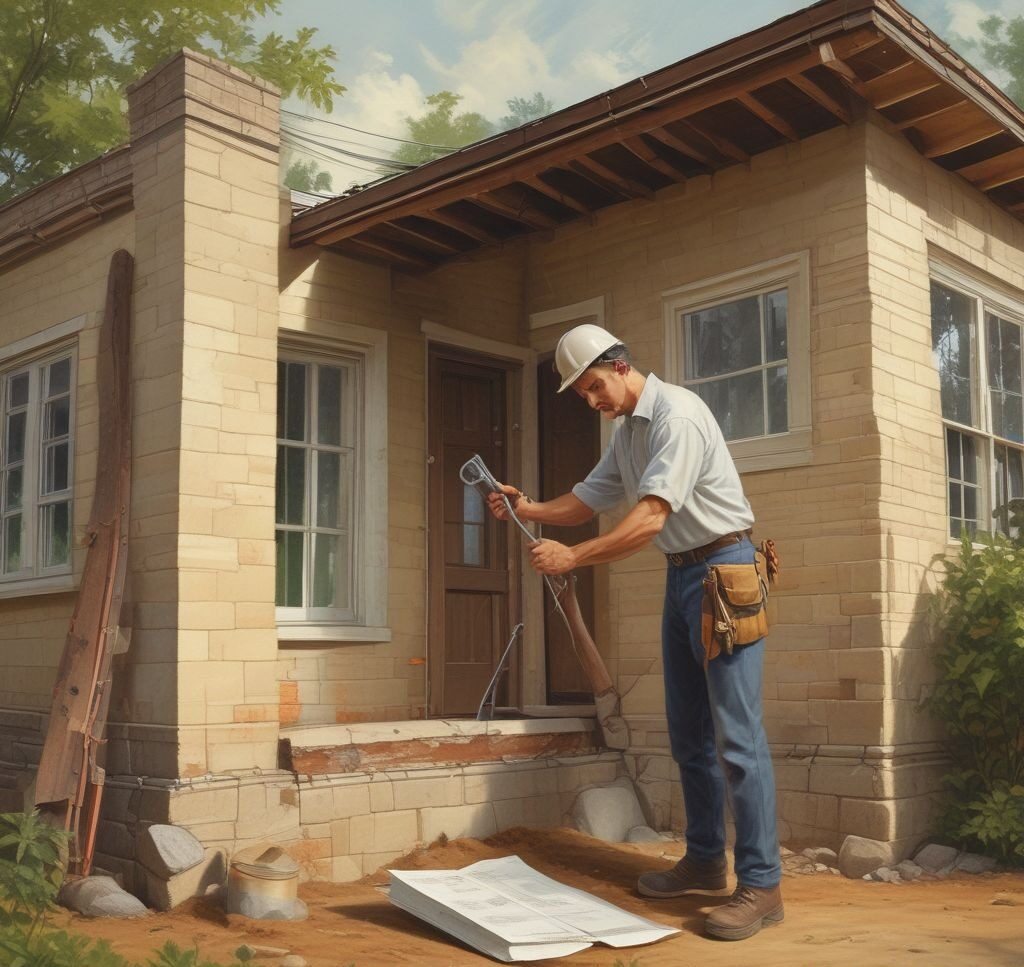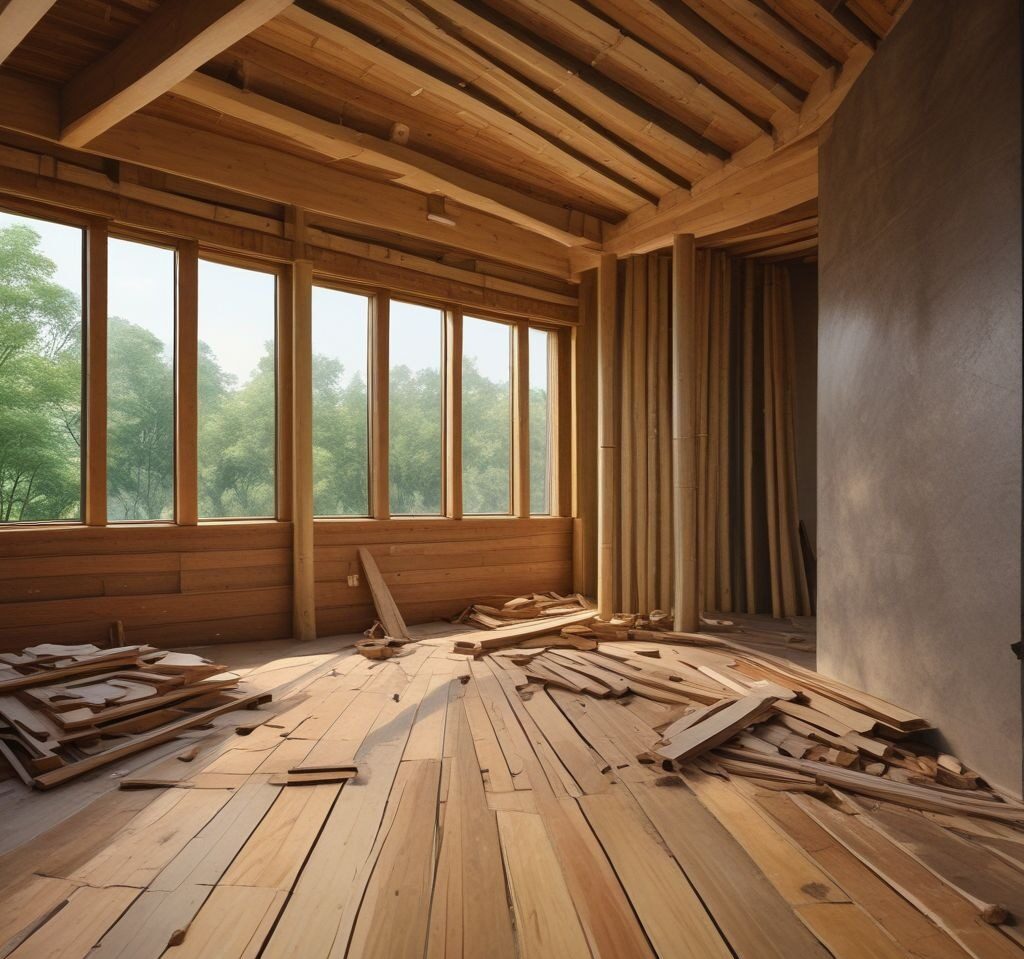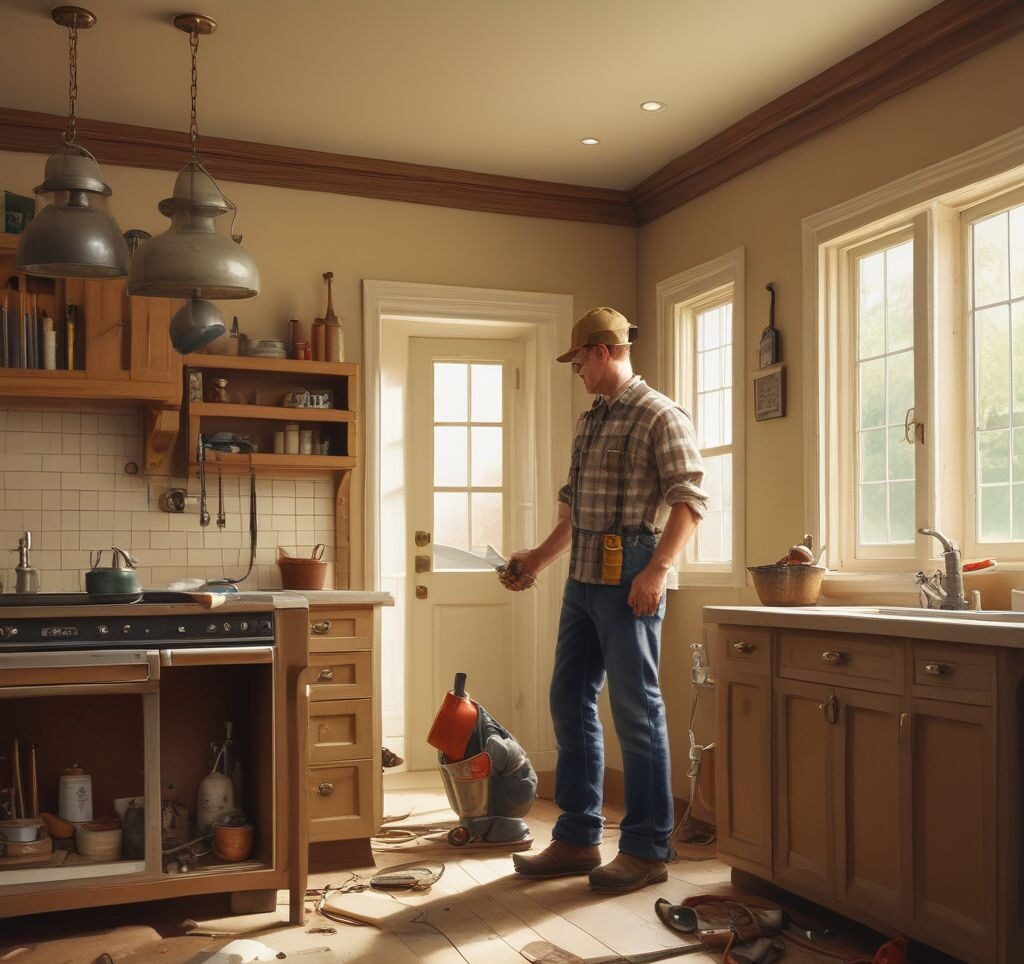Renovating a home can be an exciting venture, but it’s also a project that requires careful planning and professional oversight to avoid costly mistakes. Homeowners often underestimate the complexity of renovations, which can lead to errors that delay the project, blow the budget, or leave them unsatisfied with the final result. In this blog, we’ll explore the five most common mistakes in home renovations and provide practical advice on how to avoid them, ensuring your renovation goes smoothly from start to finish.
1. Underestimating Costs
One of the biggest mistakes homeowners make when renovating is underestimating the true cost of the project. While it’s tempting to focus on the cost of materials and labor, there are often hidden expenses, such as permits, design changes, and unexpected repairs, that can quickly add up. This can lead to significant budget overruns and stress.
How to Avoid It:
- Create a detailed budget before the project begins, factoring in all potential costs, including contingency funds for unexpected expenses (typically 10-15% of the total budget).
- Get multiple quotes from contractors to ensure you’re working with realistic numbers and choose professionals with a reputation for staying on budget.
- Work with a professional project manager who can help you track expenses and adjust the plan if costs start to exceed the budget.

2. Skipping the Planning Phase
Jumping into a renovation without adequate planning is a common pitfall that can result in costly mistakes down the road. Homeowners may rush into the project with a vague idea of what they want, leading to design flaws, delays, and additional costs as changes are made on the fly.
How to Avoid It:
- Invest time in thorough planning before starting any renovation work. This includes defining the scope of the project, finalizing the design, and making decisions on materials and finishes.
- Work with a designer or architect to create detailed plans and blueprints. This helps to ensure that the renovation meets your vision while adhering to structural and safety requirements.
- Consider 3D renderings or virtual walk-throughs to visualize the finished space and make adjustments before construction begins.

3. Ignoring Structural Issues
During renovations, especially in older homes, it’s easy to overlook underlying structural issues in favor of aesthetic improvements. Focusing on cosmetics without addressing foundational or infrastructural problems can lead to bigger—and more expensive—issues down the line.
How to Avoid It:
- Conduct a thorough inspection of your home before beginning renovations. This should include checking the foundation, electrical systems, plumbing, and roof for any existing problems.
- Hire a qualified contractor who understands the importance of addressing structural issues first, even if it means adjusting the scope of the project to fit the budget.
- Prioritize long-term durability and safety over aesthetics. Fixing structural issues during a renovation is far more cost-effective than dealing with emergencies after the project is complete.

4. Choosing Low-Quality Materials
In an effort to cut costs, some homeowners opt for low-quality materials during renovations. While this might save money upfront, it can lead to frequent repairs, poor performance, and a lackluster appearance, ultimately costing more in the long run.
How to Avoid It:
- Invest in high-quality materials that will stand the test of time. Durable materials may come with a higher initial cost, but they offer better long-term value through reduced maintenance and longer lifespans.
- Work with a contractor who has access to trusted suppliers and can help you make cost-effective decisions without compromising on quality.
- Be cautious of deals that seem too good to be true; often, low-priced materials come with hidden drawbacks like poor durability or substandard warranties.

5. DIYing Complex Projects
Many homeowners are tempted to take a DIY approach to save money on renovations. While doing simple tasks yourself can be rewarding, tackling more complex projects—such as electrical work, plumbing, or structural changes—without the necessary skills or permits can lead to serious problems.
How to Avoid It:
- Know your limits and leave complex tasks to professionals. Electrical, plumbing, and structural work require skilled labor to ensure safety, compliance with building codes, and long-lasting results.
- If you want to DIY part of the renovation, stick to smaller projects like painting, installing shelves, or landscaping. For bigger jobs, hire a licensed contractor who can guarantee quality work and minimize risk.
- Always ensure that any professional work is done with the proper permits and inspections to avoid future legal and safety issues.

Conclusion: Renovate Smarter, Not Harder
Home renovations can be a rewarding experience if approached thoughtfully and with professional guidance. By avoiding these common mistakes—underestimating costs, skipping planning, ignoring structural issues, choosing low-quality materials, and attempting complex DIY projects—you can ensure your renovation is a success. Working with experienced professionals can help you stay on budget, maintain the integrity of your home, and achieve the results you envision.
Contact Us for Expert Budgeting and Project Management Consultation
Ensure your construction project stays on track financially from start to finish.
to learn more about our expert budgeting and project management services.
Bullswag
Builders India Pvt. Ltd.

